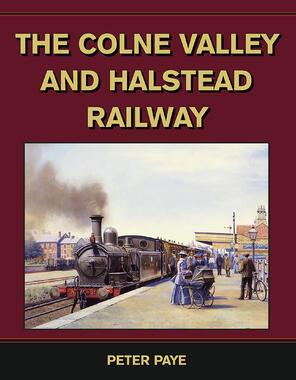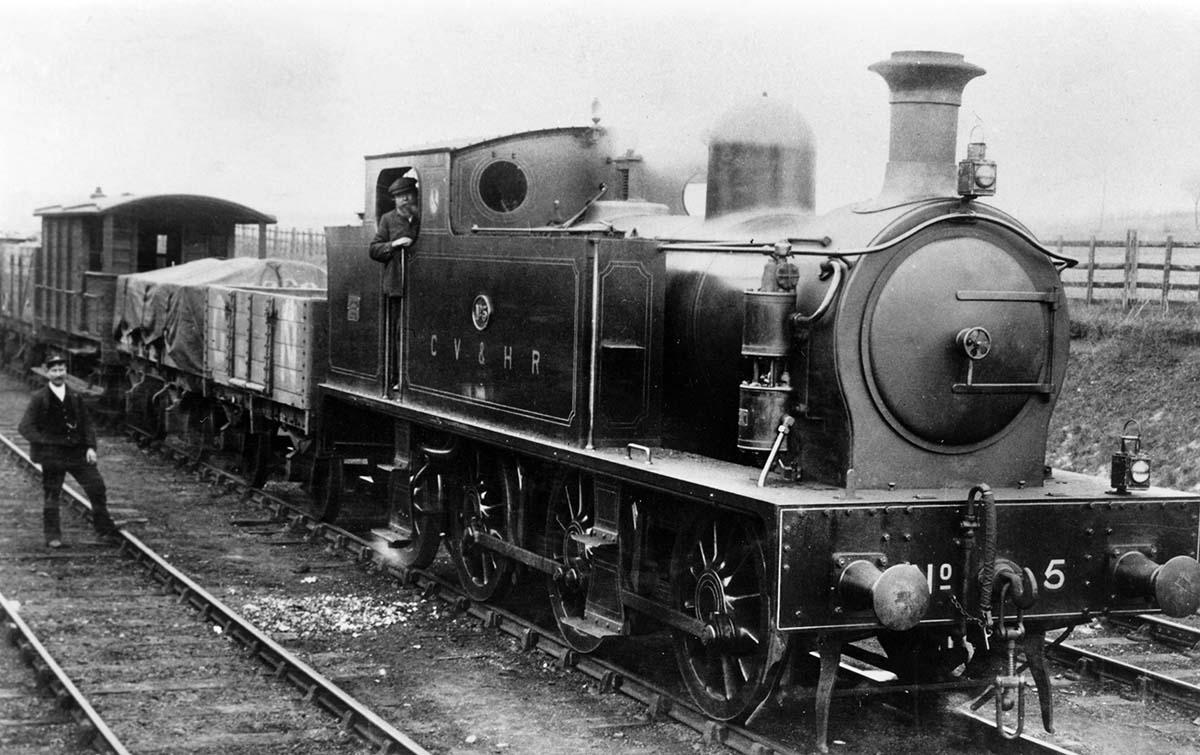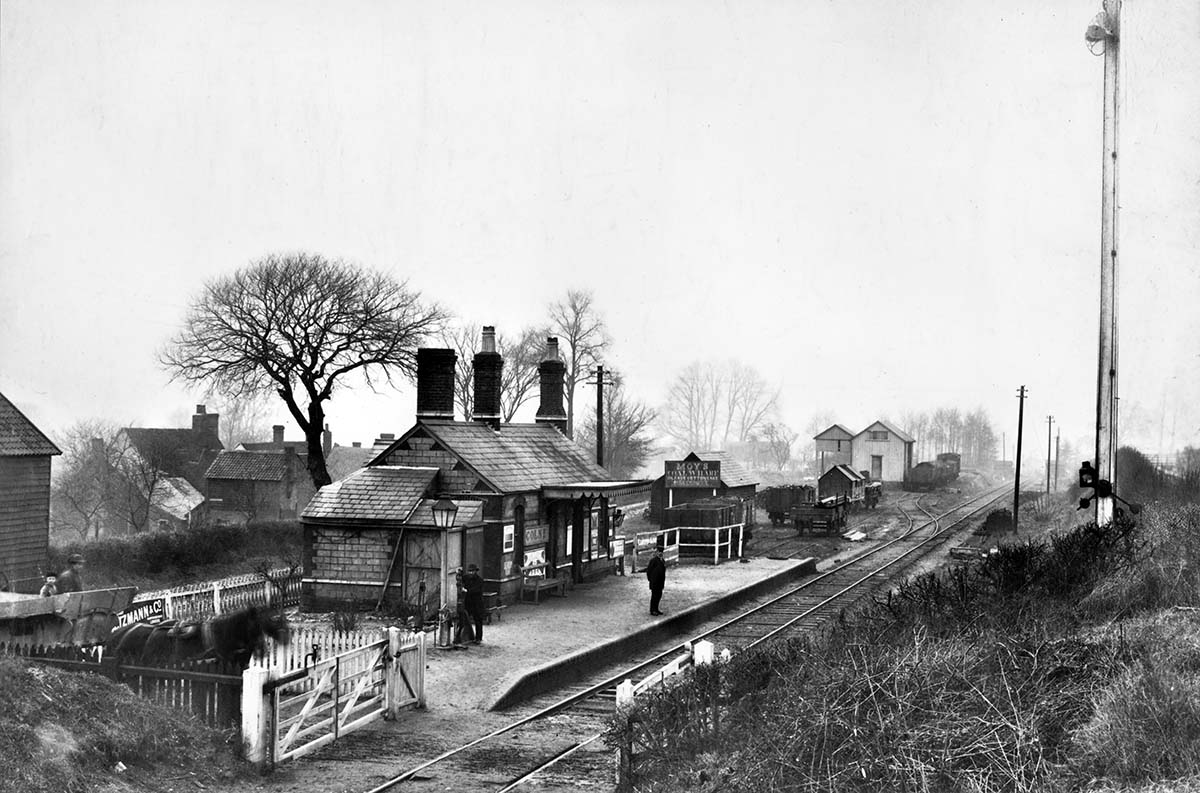Colne Valley & Halstead

Colne Valley & Halstead
Peter Paye
312 pages. 275x215mm. Printed on gloss art paper with colour laminated board covers.
ISBN13 : 9781915069061
£40.00
Peter Paye
312 pages. 275x215mm. Printed on gloss art paper with colour laminated board covers.
ISBN13 : 9781915069061
£40.00
The Colne Valley & Halstead Railway, incorporated in 1856 and opened in stages between 1860 and 1863, ran for a distance of 19 miles from a junction with the Great Eastern Railway Marks Tey to Cambridge and Bury St Edmunds cross-country route at Chappel to terminate at its own station at Haverhill, wholly within the County of Essex. In 1865 a connection was made to Haverhill GER station on the same cross-country route in neighbouring Suffolk. For the majority of its 57 years of independence the CV&HR was in financial difficulties, with services being operated by agents including in 1865 Sir Daniel Gooch of the Great Western Railway. A motley collection of rolling stock was hired and a Cornish entrepreneur provided backing for the organisation, but by 1874 the railway went into receivership and it took an Act of 1885 to rectify matters. Several attempts were made to entice the GER to take over the line but these were rebuffed as investigation proved the infrastructure and maintenance left much to be desired. The first decades of the 20th century, under the stewardship of Elyot S. Hawkins from the Cambrian Railways, brought vast improvements – but grouping under the L&NER from July 1923 could not have come sooner for the company was experiencing insoluble problems. Having become just another branch line, the route played an important part in World War Two with military traffic for local airfields. British Railways management, whilst introducing modern rolling stock, decided the line duplicated other routes and passenger services were withdrawn on 1st January 1962 and freight finally from April 1965. To the last, local staff remained patriotic to the line, boasting they were ‘Colne Valley and proud of it’.


Colne Valley & Halstead - Sample Images

In 1908 the CV&HR ordered a strong 0-6-2 tank locomotive from Hudswell, Clarke to haul freight traffic, especially the increasing brick traffic from Hedingham, which was severely overtaxing the 2-4-2T and 0-4-2T engines. Here No. 5 stands at the head of a freight train which includes in its formation a Great Northern Railway 4-plank open wagon and one of the CV&HR ex-Great Western Railway goods brake vans. Author’s collection

The original Colne station circa 1880, view facing towards Haverhill with the low and short platform west of the level crossing. The building designed by Beardmore was cloned at Sible and Castle Hedingham. A considerable number of wagons occupy the small goods yard where Moy’s coal wharf is prominent. When the station was closed in 1889 on the opening of Ford Gate station the building became the crossing keeper’s accommodation, but when the station reopened in 1908 as White Colne with the platform east of the gates the building reverted to its status as a booking office and waiting room. The tall station signal with arms for each direction of travel and operated by levers at ground level is to the right. The main line of flat bottom rail is unusual for this period as the tops of the sleepers are visible above the ballast. The station master, with hands behind his back, stands on the platform surveying the scene. M. Root collection
